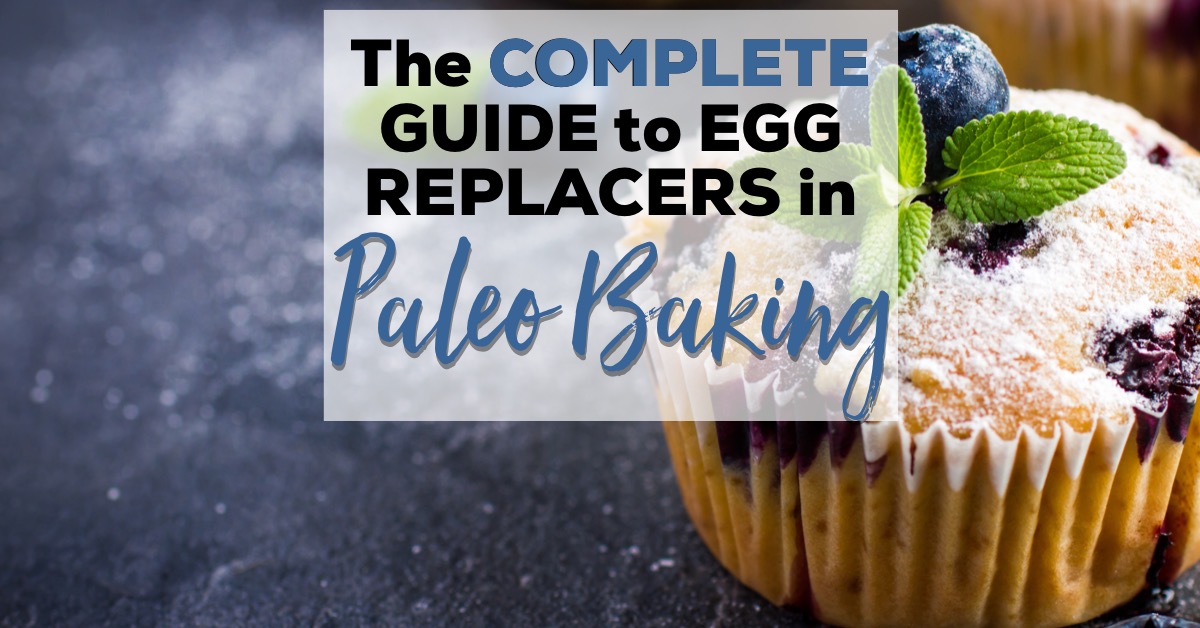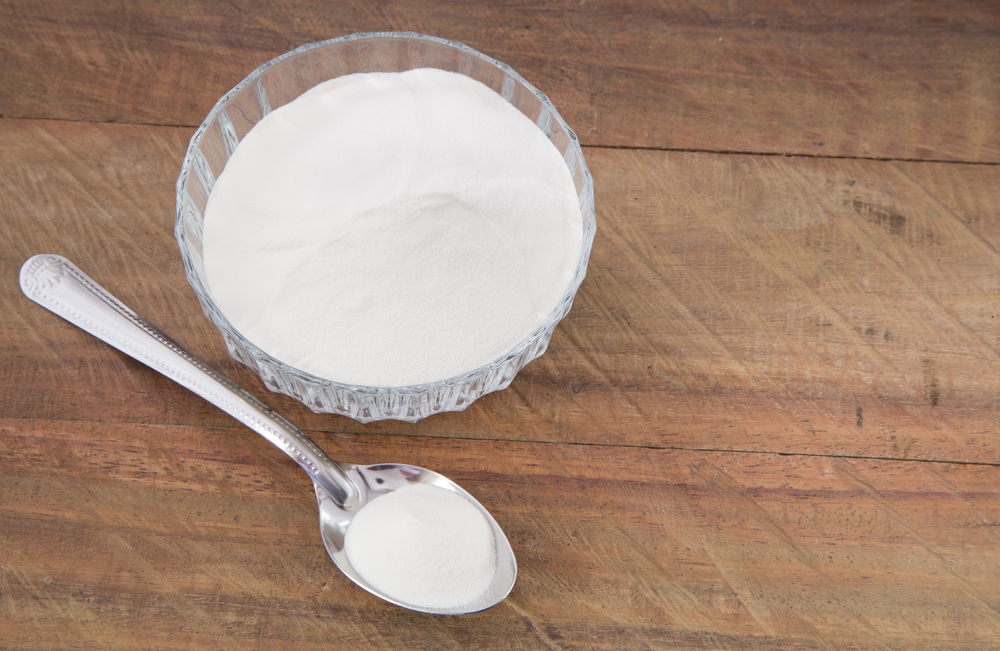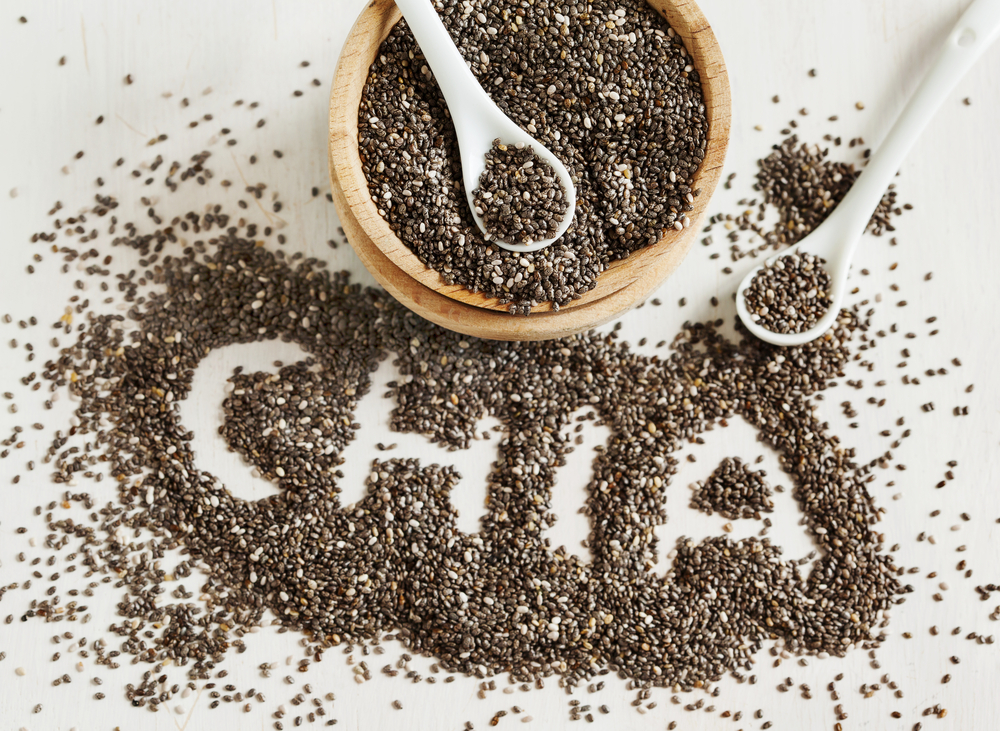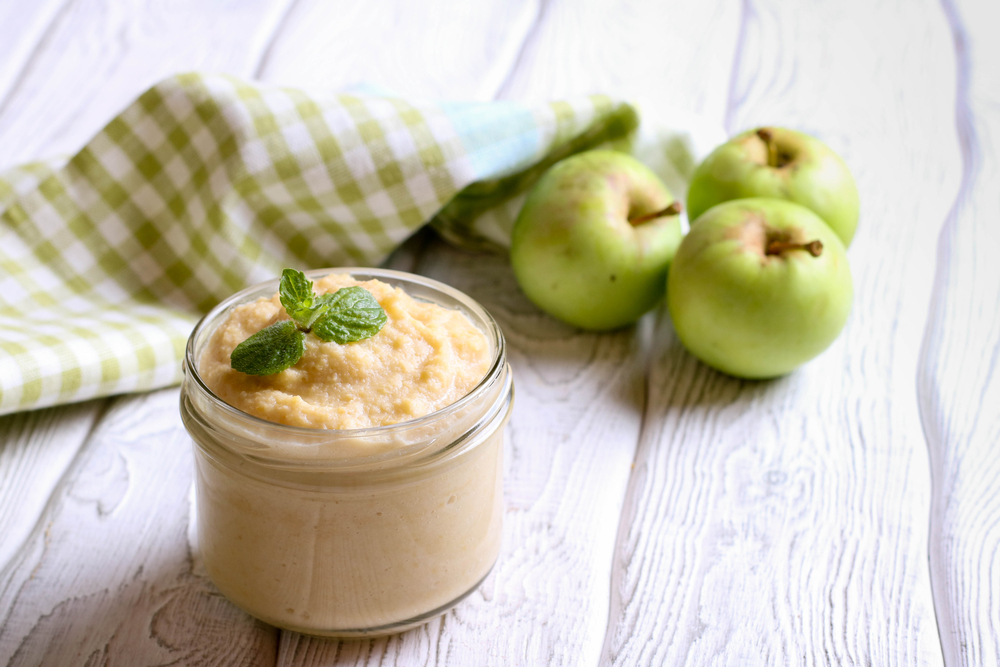
Avoiding recipes containing eggs in Paleo-world may seem next to impossible, but there are plenty of healthy, clean, and easy alternatives that fit the Paleo bill! If you are allergic to eggs or following the AIP, you have options and can still enjoy delicious baked goods. So hang tight: there is hope for you and your delicious Paleo baked goods, and your savory favorites, too!
Eggs Replacers in Baking
Eggs provide the classic and often expected mouthfeel and texture to recipes that include them. When you use egg replacers, there might be a slightly different result in density and/or texture to the finished product. You will most likely notice that your baked goods may be a touch sweeter and perhaps not as fluffy as a classical muffin that uses whole eggs.
For batters like pancake batter, without the binding capabilities of an egg, your egg-free version may need a touch of TLC during the flipping process while cooking.
Understanding that foods may act differently when experimenting with these egg replacers is a great way to learn and substitute other favorite recipes on your own.
Without the magical properties of an egg in your recipes—their viscosity, emulsifying, leavening, and binding abilities—you will more likely have a looser batter, a denser muffin, a more fragile dough, or a dish that may just need a little more attention and patience. But once you are accustomed to the differences in preparation methods when using these egg swaps, the payoff is delicious. Pancakes are always worth the effort in my book!
Basic Egg Replacing Rules
Swapping eggs in many recipes only works for dishes that have up to no more than four eggs. It is a far-fetched idea, for example, to think that you might be able to pull off a quiche with egg replacers! Once you get into recipes that typically call for mostly eggs or ask for more than four eggs, replacing them gets a little hairy and unmanageable. Stick to 2-4 egg recipes with these substitutions.
You can sometimes mix a few different egg-replacers together at a time for a single recipe. For example, chia seed and applesauce to replace the two eggs in a muffin recipe not only adds two different ways of binding your batter, but they both offer the pleasant additions of more moisture, sweetness, and texture!
Collagen egg

Just as collagens in the human body are strong and flexible, using animal-based collagen as an ‘egg’ is not a farfetched idea!
All gelatin is not created equal. Be sure to use a reputable company and not factory-farmed gelatin sources. Gelatin will inhibit some recipes from rising, which is typical of those that use leavener, yeast, and egg, but gelatin eggs will get the job done and create a great texture and is a very strong 1:1 replacement for swapping up to four eggs for baking recipes.
How to make a collagen egg:
- 1 T gelatin to 3 -4 T water
- In a saucepan stovetop, without turning on heat, sprinkle gelatin into water a pinch at a time to let the gelatin absorb the water. Whisk a bit to avoid clumping.
- Let stand for 2 minutes or so to gel up slightly.
- Turn on stovetop to medium heat and whisk until all gelatin is melted, turn off heat, and whisk vigorously until frothy. Use immediately in recipe.
Try in these recipes: Paleo Irish Scones, Chocolate Coconut Banana Muffins
Flax egg

Flaxseeds have been popularized as a superfood for their omega-3 fatty acid content, and are most likely on the shelf at your local grocery store. For the flax egg to become gelatinous enough to suffice as a binder, you must first grind up the seed until it becomes a meal or powder. You can use a high-powered blender or a coffee grinder works great, too.
Flax has a strong and nutty flavor so this is best reserved for savory and hearty goods. Flax also contains a lot of oil, which will go rancid if left out. For best results, store whole flaxseeds in the refrigerator and grind seeds as needed.
How to make a flax egg:
- 1 T ground flax meal to 1 T water
- Stir one T flax into water, let sit for 10 minutes to thicken.
Use the flax egg in a 1:1 ratio. For best results, substitute in recipes that only use up to two eggs.
Try in these recipes: Garden Fresh Zucchini Bread, Bacon Pancakes with Coconut Flour
Chia seed egg

Chia seeds are great in many recipes because they do not impart a strong flavor. They do however, offer quite a bit of texture, which tends to be favorable in many recipes, not unlike the pleasant little crunch of a poppy seed in lemon-poppy muffins!
Chia seeds have a viscous character when soaked, and you will often see them added to fresh juices and teas to make a ‘bubble tea’ effect on a beverage. Chia seeds can also be found at your local grocer, and are known for many health benefits like fiber, as well as omega-3 fatty acids.
How to make a chia seed egg:
- 1 T chia seeds to 2 T water
- Mix chia seed with water, let sit for 10 minutes to become gelatinous.
Use chia seeds in a 1:1 ratio and replace in recipes that use up to two or three eggs.
Try in these recipes: Bananalicious Nut-Free Banana Bread, Chocolate Avocado Blueberry Muffins
Banana

Banana is a great way to replace egg in your baking and add a little sweetness and moisture. Due to unmistakable banana flavor, this way of replacing your eggs will lend itself best to sweets. The natural sugar content of bananas will create yummy caramelization to pancakes and muffins during the cooking process as well.
How to make a banana egg replacer:
- ½ mashed or blended banana per each egg replaced
You can replace up to four eggs with banana comfortably in most baked goods like muffins, breads, and cookies, as well as crepes and pancakes.
Try in these recipes: Pumpkin Bread, Paleo Cassava Flour Pancakes
Applesauce

Applesauce is similar to banana in that it will add sweetness as well as moisture when swapping for eggs in recipes. Also like banana, apples have a natural sweetness that lends itself very well to baked goods and sweet items. There are some savory recipes that may also benefit from having the sweetness of apples, too, like root vegetable patties, meatballs, and meatloaf.
How to use applesauce to replace eggs:
- ¼ cup applesauce replaces 1 egg
You can replace eggs fairly comfortably for recipes that have 2-3 eggs included.
Try in these recipes: Banana Bread Donuts, Morning Glory Muffins
Pureed Fruit

Peaches, pears, and avocados all work great as egg substitutes. Depending on the flavor profiles of your recipe, you have options as far as which egg replacer will work best. Peaches are sweet and have natural sugars that will caramelize nicely when cooked. Pears will have a similar texture to that of applesauce and a more floral note that would be delicious with warming spices like cinnamon and clove in your baked goods. Avocado surprisingly lends itself to recipes that use cacao and chocolate!
How to make a pureed fruit egg replacer:
- ¼ cup pureed fruit replaces 1 egg
Try in these recipes: Sweet Potato Turmeric Muffins, Coconut Lime Muffins
Pureed Vegetables

Pureed vegetables like sweet potatoes, squash, pumpkin, and beets work well for savory, and sometimes very colorful, egg swaps.
How to make a pureed vegetable egg replacer:
- ¼ cup steamed and pureed vegetables replaces 1 egg
Try in these recipes: Zucchini Fritters, Apple Cinnamon Bread
